A Journey Through the Half-Life Gaming Series
Sep-05-2023

The Origins of Half-Life
Created by Valve Corporation, the Half-life series traces its roots back to 1998. The game was the brainchild of veteran game developers Mike Harrington and Gabe Newell. Incepted from a mod version of Quake, the creators envisioned a first-person shooter game that emphasized story and character development, something that was not common with the genre at the time. Their primary intention was to create a cinematic and immersive gaming experience that resonated with gamers. The success of the first game paved the path for subsequent installments.
Half-Life: Genesis of an Icon
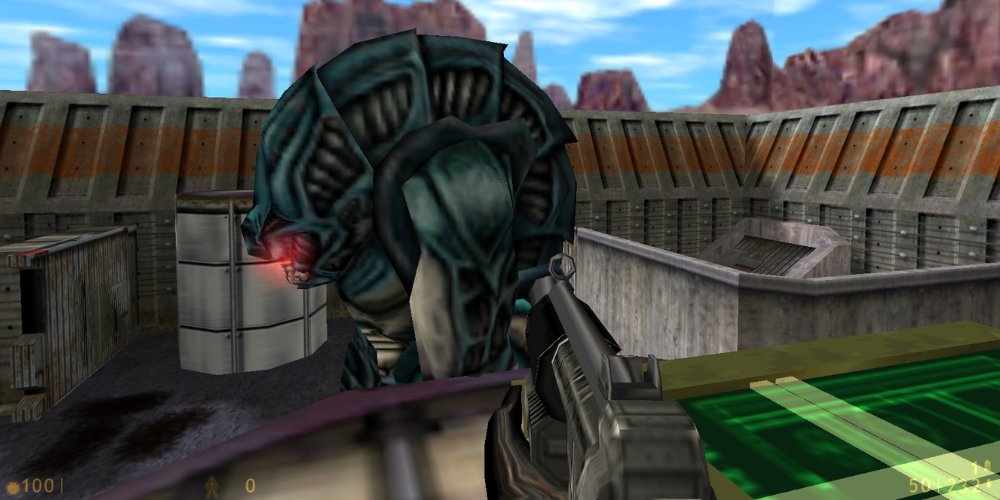
Debuting in 1998, Half-Life introduced players to the vast, sprawling, and ominous Black Mesa Research Facility. The protagonist is theoretical physicist Gordon Freeman, trapped in the facility amidst a science experiment gone wrong, which opened an interdimensional portal inviting alien creatures. The player had to navigate the dangers within the complex and fight off hostile forces in a bid to escape. Half-Life was met with widespread acclaim, praised for its immersive narrative, realistic simulations, and groundbreaking AI, paving the pathway for future first-person shooter games.
Half-Life 2: Elevating the Experience
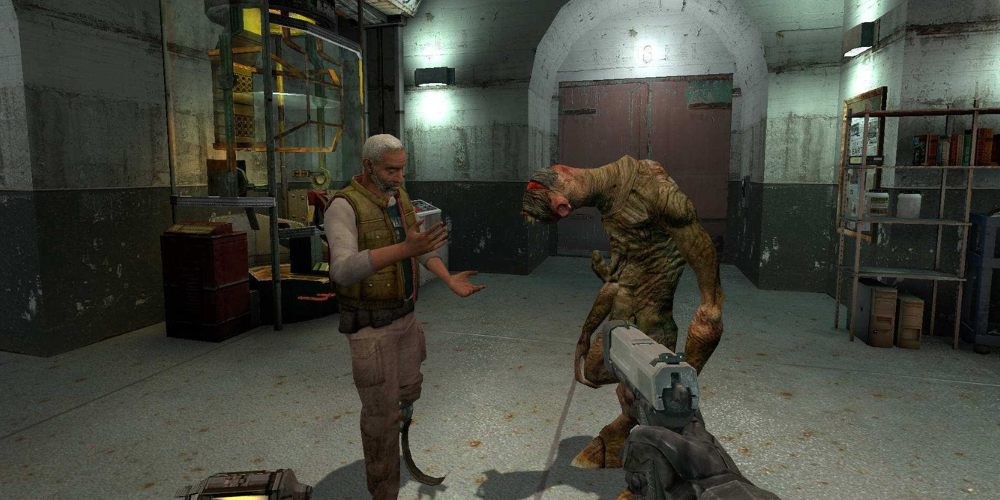
Released in 2004, Half-Life 2 maintained the appeal of its predecessor while adding more innovative elements. Players retraced Freeman's steps, this time in the dystopian City 17 under alien Combine’s control. Hailed for its physics-based interaction system, advanced graphics, and engaging narrative, Half-Life 2 widened the series' fanbase considerably and won numerous ‘Game of the Year’ awards.
Half-Life 2: Episodes One and Two: Continuing the Legacy
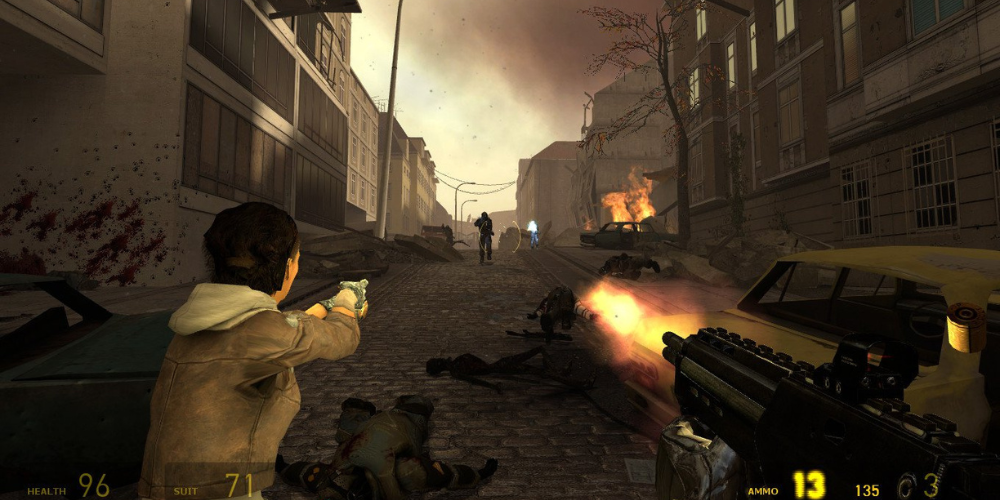
In an attempt to continue the narrative without making an entirely new game, Valve released Half-Life 2: Episode One and Two in 2006 and 2007, respectively. These didn't just offer extended gameplay, but dove deeper into the game's intriguing storyline. Despite their shorter lengths, the episodes maintained the high action, immersive storytelling, and gameplay innovation fans had come to expect from the series.
Half-Life: Alyx - Virtual Reality Redefined
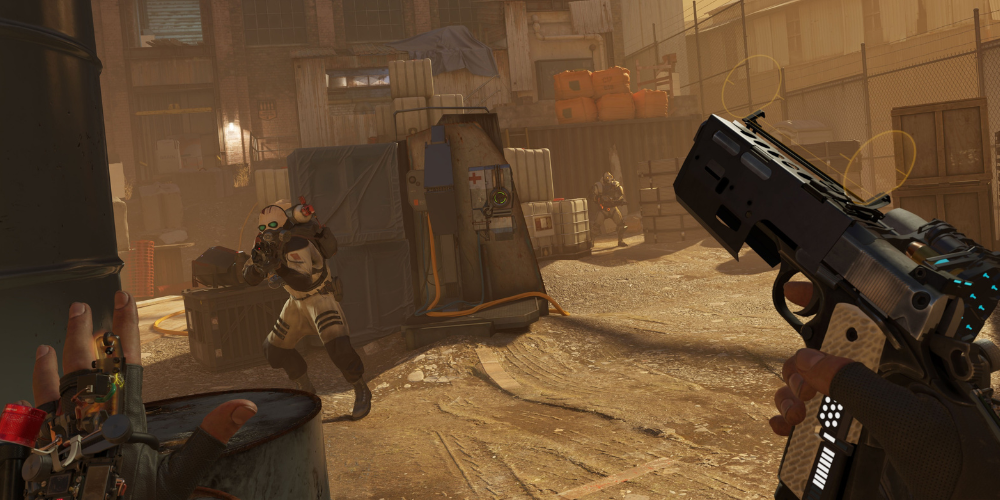
The latest addition to the series, Half-Life: Alyx (2020), was a striking exception from its predecessors. Designed exclusively for virtual reality (VR), the game dove into the story of Alyx Vance, a key character in Half-Life 2, providing a fresh perspective to the familiar Half-Life universe. The game utilized VR's immersive potential to the fullest, offering a rich, tactile world that brought players closer to the Half-Life experience as never before.
Prospects for Development: Any New Half-Life on the Horizon?
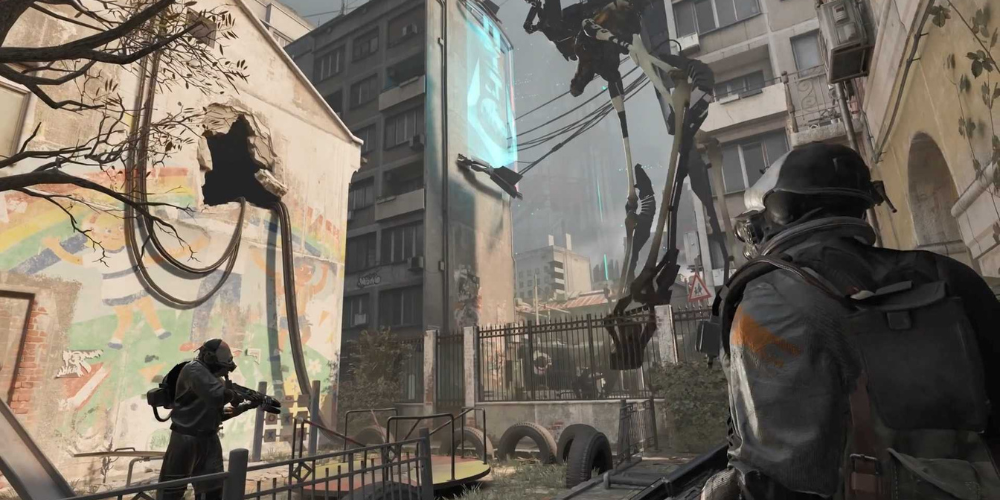
The future of the Half-Life series has been a hot topic among fans and industry observers for a while now. Redefining standards with every new installment, gave birth to high expectations for future games. While there's been no official announcement on Half-Life 3, fans continue to hope for another game, as many mysteries in the Half-Life universe remain unsolved. There are numerous plots and characters that could be explored in future games. Moreover, the success of Half-Life: Alyx in the VR context suggests an opportunity for growth in the virtual space.
Summary: Half-Life as a Paradigm Shift in Gaming
The Half-Life series has undoubtedly been a game-changer in the gaming industry. Beginning as an ambitious project by a newly founded company, it rose to become one of the most respected and enduring video game franchises. With its story-driven gameplay, sophisticated AI, immersive environments, and continual innovation, Half-Life has left an indelible mark on the first-person shooter genre. Although its future is uncertain, its impact on the gaming scene is unquestionable, and it stands as a testament to the evolution of video game storytelling and design.








